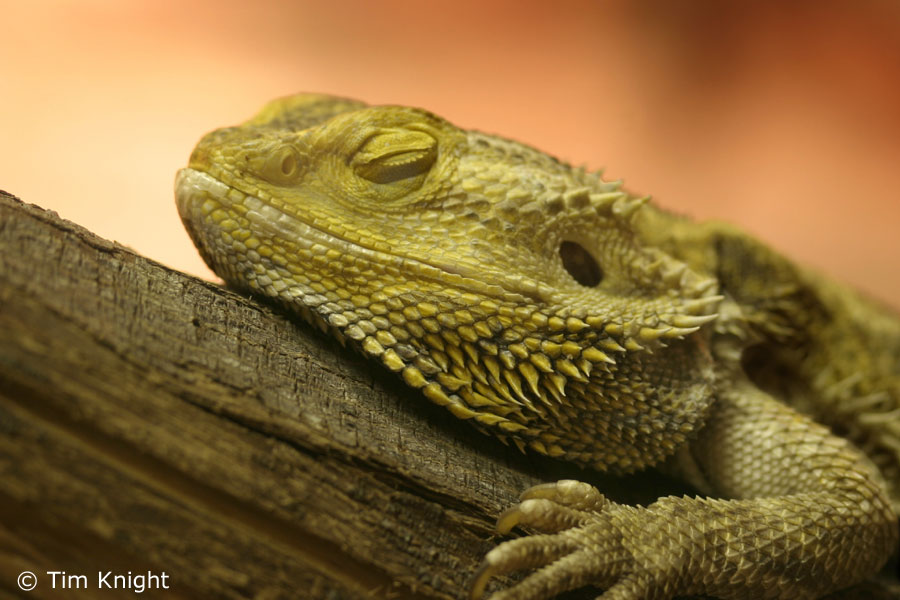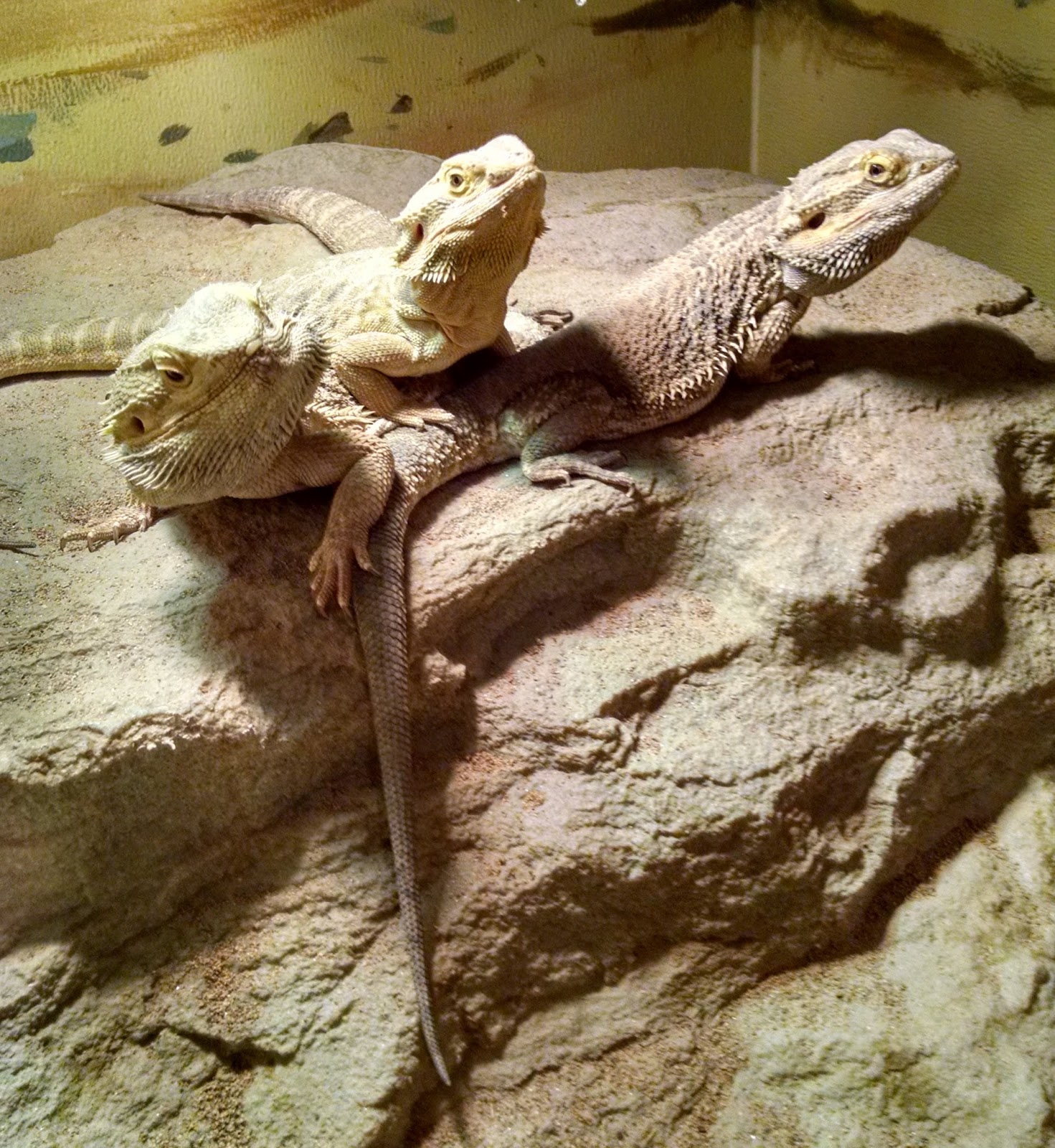What to Put in a Bearded Dragon Tank for Beginners: A Complete Guide
Introduction
Bearded dragons are popular pets known for their friendly and docile behavior. They are low maintenance and easy to care for, making them a great choice for beginner pet owners. One of the most important aspects of bearded dragon care is setting up their tank. In this blog post, we’ll go over everything you need to know about what to put in a bearded dragon tank. Whether you’re a first-time bearded dragon owner or looking to upgrade your pet’s habitat, this guide has got you covered!
Tank Size and Placement
First and foremost, you’ll need to choose the right tank size for your bearded dragon. As a general rule, the minimum tank size for an adult bearded dragon should be at least 40 gallons. For babies or juveniles, a smaller tank is fine as they don’t need as much space. The tank should also be placed in a warm and dry area away from any draft or high traffic areas. Bearded dragons prefer a temperature range of 75-85 degrees Fahrenheit during the day and around 65 degrees at night.
Substrate
Substrate refers to the material you put on the bottom of your tank. There are several options to choose from, but some are better than others. Avoid any substrate made of loose particles, such as sand or gravel, as they can be ingested by your pet and cause impaction. Common substrate choices for bearded dragons include reptile carpet, paper towels, or non-adhesive shelf liner.

Heat and Lighting
Bearded dragons require adequate heat and lighting to thrive. A heat lamp or ceramic heat emitter should be used to maintain the temperature range mentioned earlier. In addition, a UVB light is necessary for proper calcium absorption and overall health. The UVB light should be on for 12-14 hours per day and replaced every 6-12 months.

Furniture and Decorations
Bearded dragons need plenty of room to move around and explore their environment. Add some furniture, such as branches or rocks, to provide climbing and hiding spots. It’s important to choose items that are safe and won’t harm your pet. Avoid any sharp or rough surfaces that could injure your bearded dragon. Additionally, you can add some decorations to make the tank more visually appealing. Fake plants or hides are popular choices.

Food and Water
Bearded dragons are omnivores and require a balanced diet of both fruits and vegetables and live insects. Some good choices include kale, collard greens, and bok choy for veggies and crickets, mealworms, and dubia roaches for insects. A shallow water dish should also be provided for drinking and soaking. Make sure to change the water daily to prevent bacterial growth.

Cleaning and Maintenance
Lastly, keeping your bearded dragon’s tank clean and maintained is crucial for their overall health. Spot clean any feces or urine daily and do a deep clean every 4-6 weeks. This includes removing all furniture and decorations and washing them in hot, soapy water. The substrate should also be removed and replaced during a deep clean. Keep an eye out for any signs of illness or injury and seek veterinary care if needed.

Conclusion
In conclusion, setting up a bearded dragon tank doesn’t have to be complicated. By following these tips and guidelines, you can create a safe and comfortable home for your pet. Remember to always do your own research and consult with a veterinarian if you have any concerns. With a little bit of effort, you can provide your bearded dragon with everything they need to thrive!
